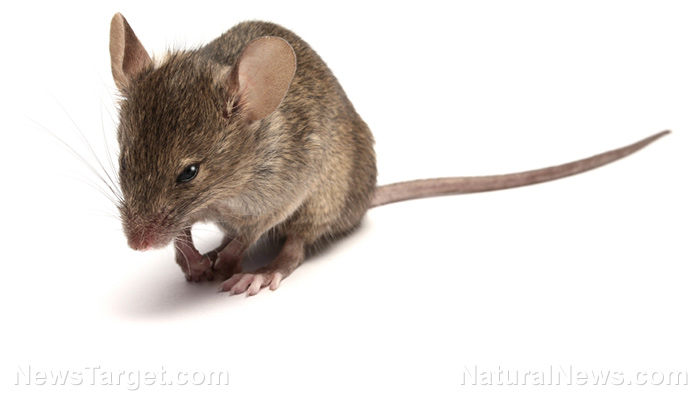
Advertisement
Raising your own dairy goats is a great way to supplement your own food supply. One of the most resilient domestic animal breeds, dairy goats are medium-sized livestock that are relatively easy to keep. Despite being smaller and less expensive than cows, dairy goats can similarly provide a steady source of milk, as well as ample meat and animal hide. Here’s what you need to know about raising dairy goats when living off the grid. (h/t to PracticalSelfReliance.com)
Housing your goats
Due to their small size, goats are low maintenance animals capable of thriving on land that may not be suitable for other domestic animals. This means that you don’t need to fence them in an enclosure. Instead, you can allow them to roam freely or tie them down to a cinder block in different areas of your backyard or survival homestead. (Related: Growing your own food and supporting local farmers are crucial actions for achieving self-sufficiency.)
While dairy goats are very resilient animals, what’s important is that you provide some form of shelter to protect them against the wind, rain or snow. It should be a clean, dry place that is free from harsh drafts. If you’re living in an area with a moderate climate, you can use a simple three-sided shelter to house your goats. If you’re living in an area with colder temperatures, you may need to keep them in a closed barn and only occasionally allow them to graze.
The size of your shelter should depend on your number of goats. Make sure to provide at least 9 square feet of indoor space per goat for them to sleep in. Don’t forget to clean out the barn at least once every six months.
Feeding your goats
Because dairy goats can browse for their own food, they are much cheaper to feed than other domestic animals. They will happily eat brush, weeds, leaves, undergrowth and other plants that are typically ignored by cows and sheep.
However, it is important to make sure your goats’ forage area is devoid of any plants that may be poisonous or toxic to them. When fresh forage is unavailable, you can feed your goats a consistent supply of their favorite staple foods, such as good-quality hay or tree branches.
Dairy goats may not need as much water as cows, but you should still make sure your goats get at least 4 gallons of clean water a day. During the summer months or particularly hot days, they may even need more water. Check their water supply regularly or set up a water trough with an automatic float valve to ensure that your goats always have enough water.
Milking your goats
Female goats, or does, that are at least eight months old or weigh at least 80 pounds can be bred once a year, usually during the fall season. Keep the does separated from the male goats, or bucks, until they come into heat, which happens for three days every 17 to 21 days.
Once the does have been bred, you should separate them from the bucks once again or else it may negatively impact the quality of their milk. Does will usually give birth 150 days after breeding.
During your doe’s 10-month lactation period, she should be milked consistently once or twice a day for seven days a week. Each milking session should last roughly 10 minutes and should be done roughly 12 hours apart from each other.
Learn more tips on how to raise goats and other livestock by visiting Homesteading.news.
Sources include:
Advertisement
Advertisements
















